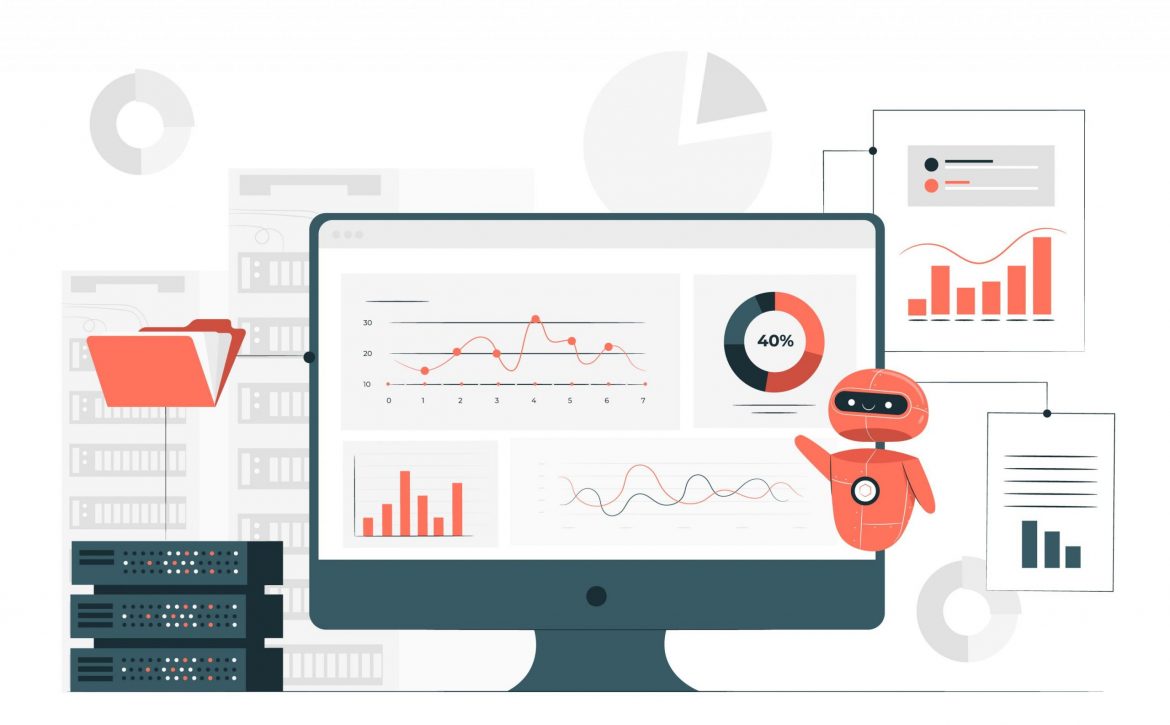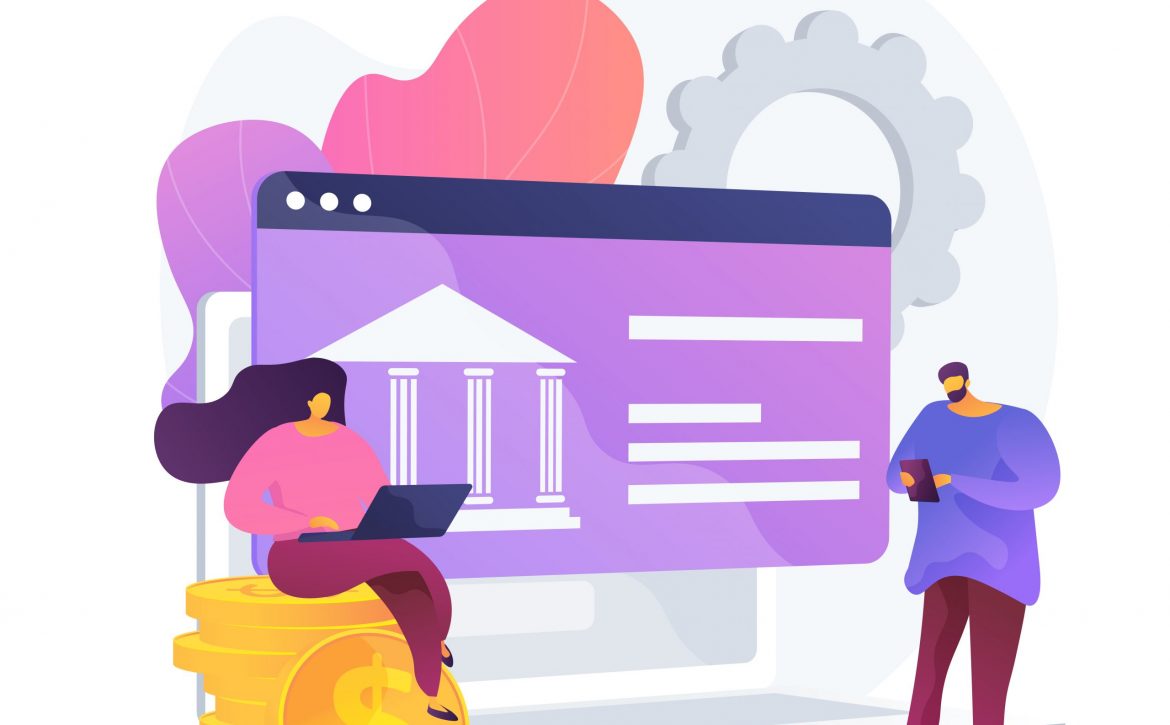Account Aggregators – Digitizing Transactions
What is an Account Aggregator?
Account Aggregator (AA) is a compilation of all the Financial data from bank accounts, credit cards, any investment accounts and other accounts in one place. Currently, the same can be pulled out through the help of an API, etc.
AA will help consumers to share all financial data including information on pension, brokerage, tax, insurance, etc. Currently, it is restricted to the financial sector only, however, this model will eventually help consumers sharing data in sectors like healthcare, telecom, etc.
Difference between the AA and Traditional process
AA is different from the earlier process of Aadhaar data sharing and other CKYC platforms. Through AA, sharing of information like bank statements (Savings, Deposits, CA) or transactions data is available. However, in earlier methods like CYKC and Aadhaar, the financial institutions only get access to the ID of the customer (address, name, gender, etc).
Steps involved for opening an account with AA
- Open account with the AA (can be an individual or business). Post which AA will link all the financial data (accounts/credit card accounts/brokerage accounts/etc)
- Consent provided to AA
- Post consent, the AA will seek for an approval from the financial data providers to access the customer accounts
- Once the approval is in place, the AA provides the data to the customer for his/her ease of various transactions
Currently, in India we have 8 AAs: Axis Bank, HDFC Bank, ICICI Bank, IndusInd Bank, SBI, Kotak Mahindra Bank, IDFC Bank and Federal Bank.
Is AA secure?
The data extracted via AA is encrypted and the same can be decrypted only by the recipient. Digital signatures of the individual while accessing the data provided by AA makes it secure and convenient for the user.
Commercials Involved for AA service?
Depends on the service provider. Some may charge the end customer for providing the service.
Benefits of AAs
- Account management: As of today, the financial data of an individual is stored in various places. The same can be viewed in a single window by the help of an AA eventually leading to one single platform which has access to all accounts/transactions.
- Quicker access to loans: Getting a loan from a bank will become much simpler. An individual can give a consent to a bank and data like number of accounts, balances, statements, assets given for a previous loan, etc can be extracted through the help of an AA.
Way forward with AAs
As of today, the consumers have to go through a long process and in silos of sharing the stamped/notarised documents, signed bank statements, sharing the usernames and passwords with financial organisations to check the history (which is a 3rd party in this case). With AA coming into picture, the process becomes much simpler and a secured digital way to share your data with 3rd party in a single access after consent.
Well, this will also create new types of loan opportunities in the market.
AA will create a repository of information which will be available easily for the institutions/etc (of course after the consent).
Currently, the AA is only available for the financial sector; the same will be provided for other sectors eventually too.





